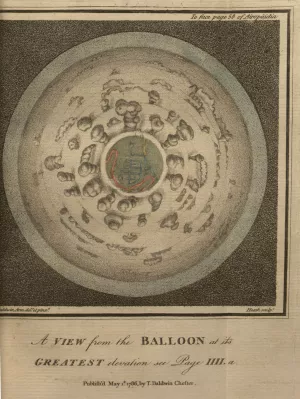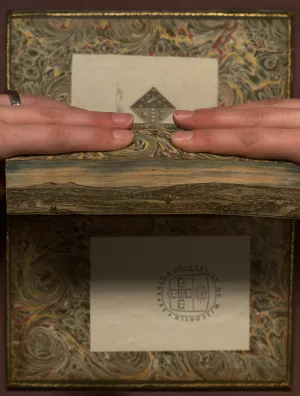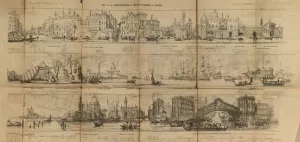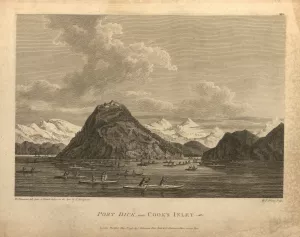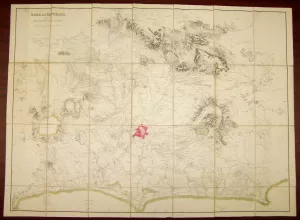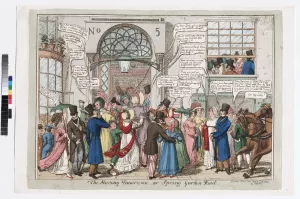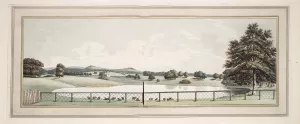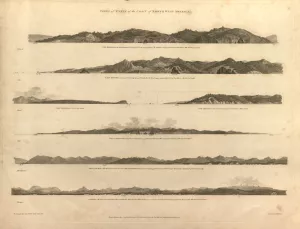In late-18th and early-19th century Britain, popular interest in "scenes" that exceed or lie beyond the everyday world was heightened by factors such as the emergence of London as Europe's first world-city; James Cook's and George Vancouver's voyages of discovery, which completed in outline the modern map of the globe; and improvements in transport and communication technologies, which brought the distant into the orbit of the near. The consequent appetite for large scenes, evident in the cult of the sublime, was met in part by new virtual-reality technologies—most notably the Eidophusikon, Panorama, Moving Panorama, and Diorama—and an entertainment industry based on them. Thesenew medi a typically conjured an illusion that seemed so real audiences felt they had been transported, during the time of performance, into the world it represented. With these developments in mind, the following gallery introduces a diverse variety of works in order to map some of the myriad, often innovative ways in which large scenes were portrayed during the Romantic era, while also suggesting the effect they had on the immediate and reflective experience of the viewer. The deployment, by the creators of these designs, of traditional and new media, reason and imagination, the actual and the virtual, brings us close to some of the central concerns of Romanticism, while also suggesting the powerful influence exerted by Romanticism on modern thought.


